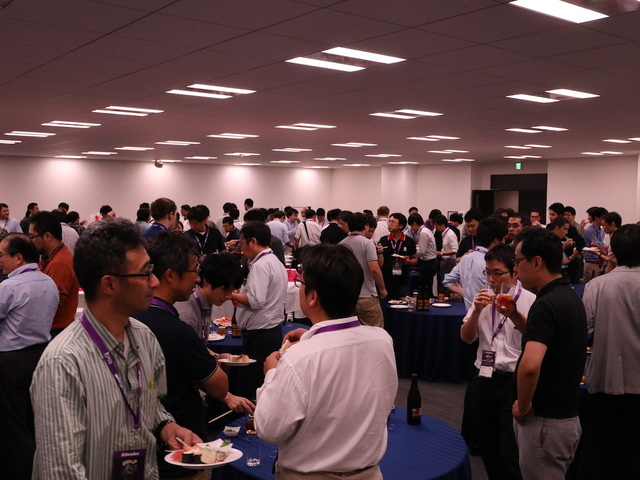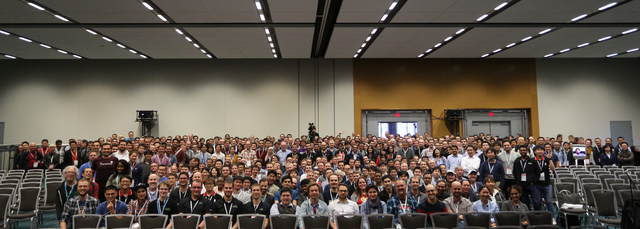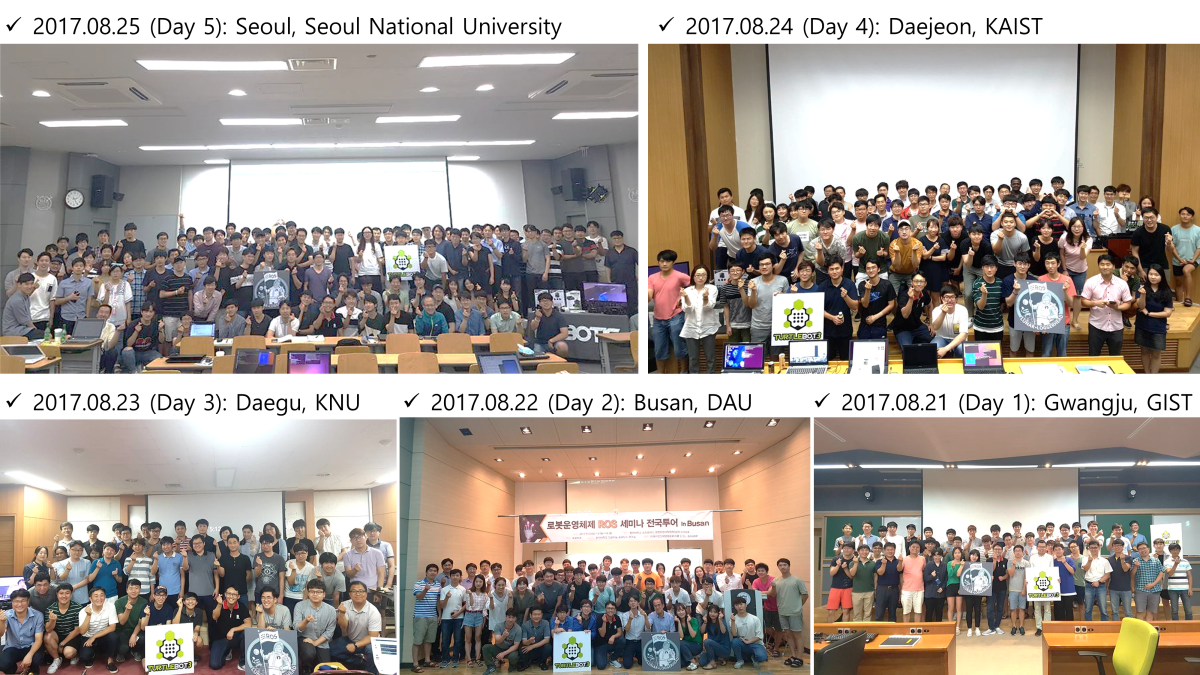From OSRF
Michael Ferguson spent a year as a software engineer at Willow Garage, helping rewrite the ROS calibration system, among other projects. In 2013, he co-founded Unbounded Robotics, and is currently the CTO of Fetch Robotics. At Fetch, Michael is one of the primary people responsible for making sure that Fetch's robots reliably fetch things. Mike's ROSCon talk is about how to effectively use ROS as an integral part of your robotics business, including best practices, potential issues to avoid, and how you should handle open source and intellectual property.
Because of how ROS works, much of your software development (commercial or otherwise) is dependent on many external packages. These packages are constantly being changed for the better -- and sometimes for the worse -- at unpredictable intervals that are completely out of your control. Using continuous integration, consisting of systems that can handle automated builds, testing, and deployment, can help you catch new problems as early as possible. Michael also shares that a useful way to avoid new problems is to not immediately switch over to new software as soon as they are available: instead, stick with long-term support releases, such as Ubuntu 14.04 and ROS Indigo.
While the foundation of ROS is built on open source, using ROS doesn't mean that all of the software magic that you create for your robotics company has to be given away for free. ROS supports many different kinds of licenses, some of which your lawyers will be more happy with than others, but there are enough options with enough flexibility that it doesn't have to be an issue. Using Fetch Robotics as an example, Mike discusses what components of ROS his company uses in their commercial products, including ROS Navigation and MoveIt. With these established packages as a base, Fetch was able to quickly put together operational demos, and then iterate on an operating platform by developing custom plugins optimized for their specific use cases.
When considering how to use ROS as part of your company, it's important to look closely at the packages you decide to incorporate, to make sure that they have a friendly license, good documentation, recent updates, built-in tests, and a standardized interface. Keeping track of all of this will make your startup life easier in the long run. As long as you're careful, relying on ROS can make your company more agile, more productive, and ready to make a whole bunch of money off of the future of robotics.
Next up: Ryan Gariepy (Clearpath Robotics)











